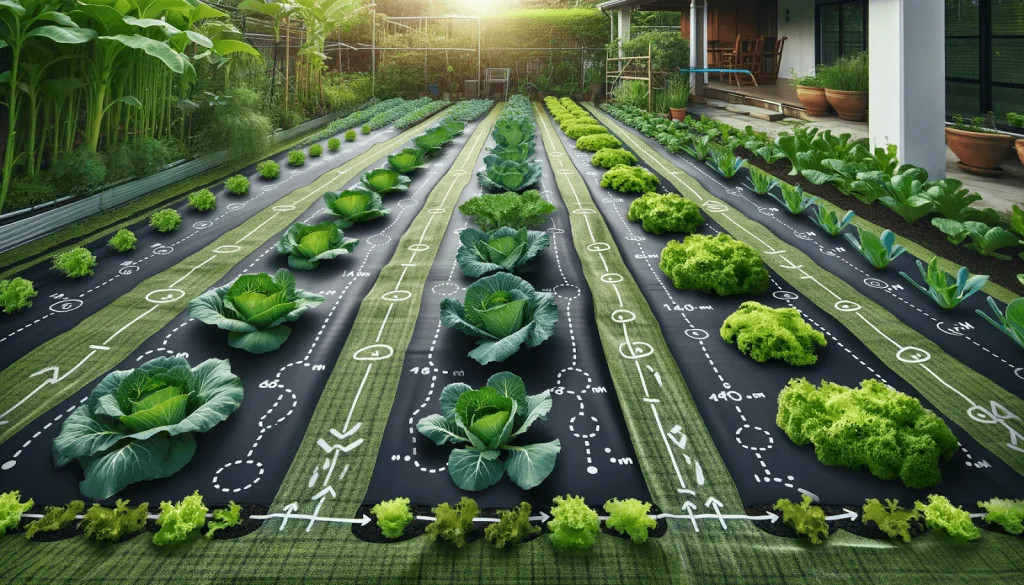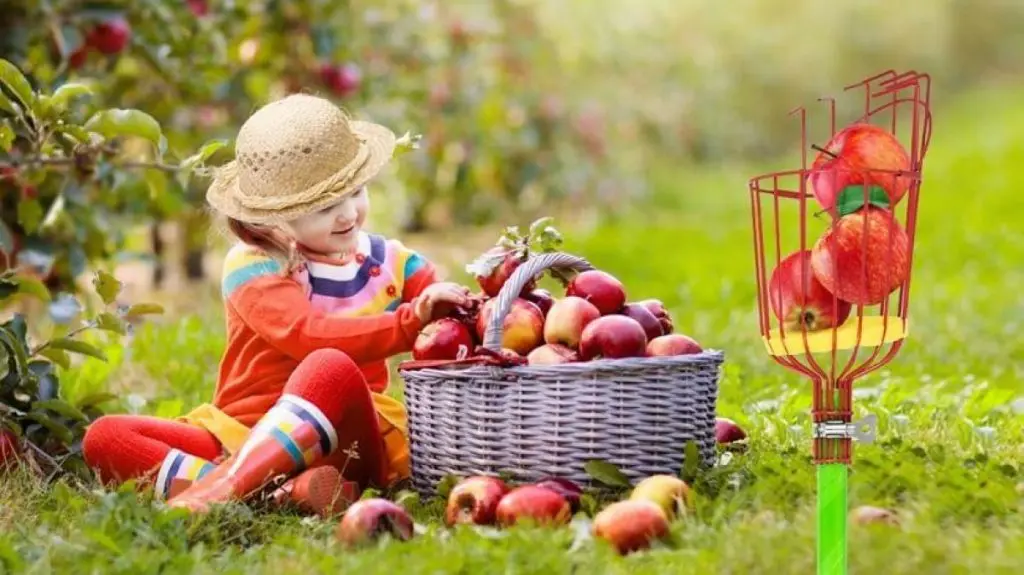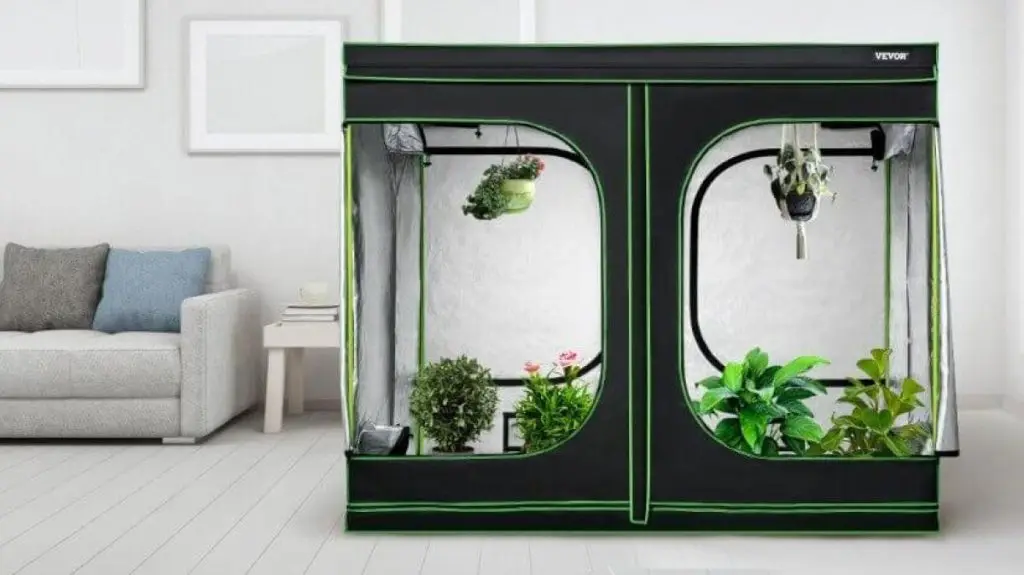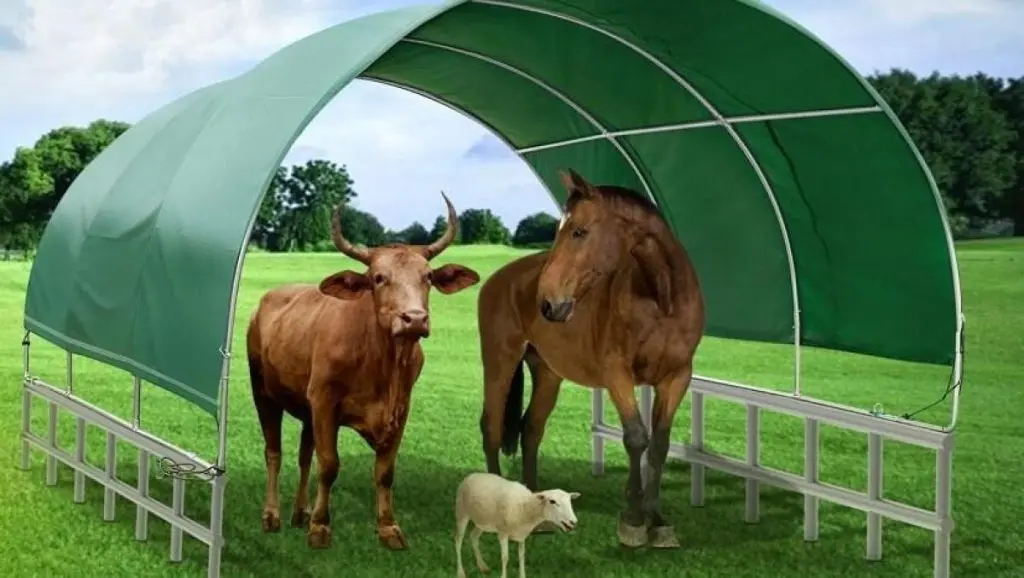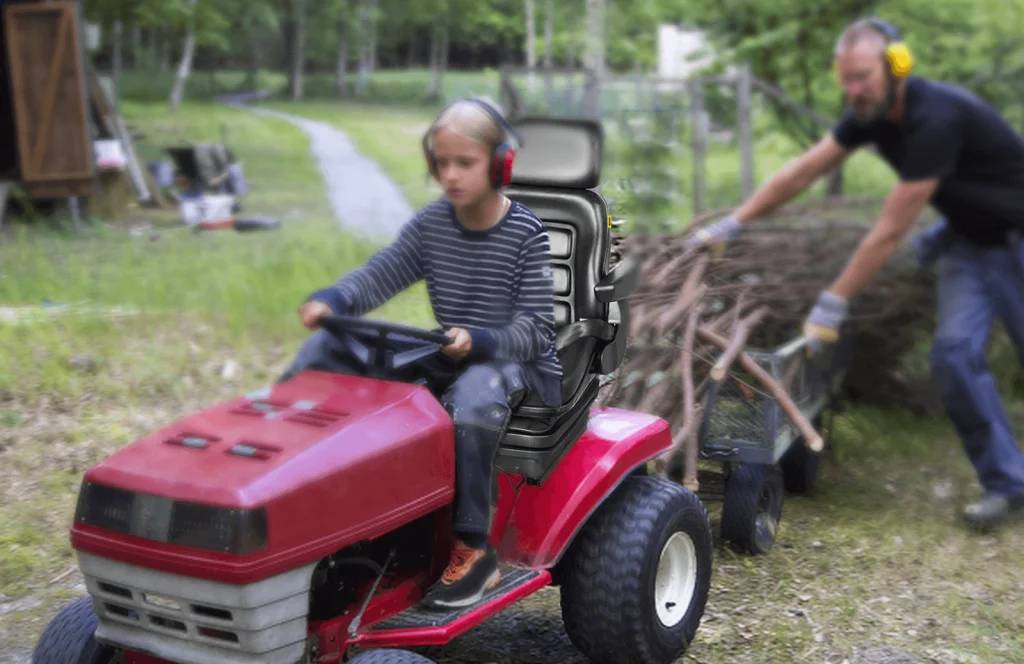Do you hate it when weeds overcrowd your vegetable garden and suffocate your greens? You’re not alone. You’re one of the many gardeners across the US asking if there’s a covering for vegetable gardens to prevent weed growth and infestation.
Beyond the obvious benefit of vegetation covers like VEVOR’s landscape fabric for vegetable gardens, you’ll enjoy added perks. Say hello to extended growing seasons for your crops, late harvest bounties, and early season headstarts.
First-time users of weed barrier landscape fabrics shouldn’t worry. We’ve curated a detailed guide with every information you’ll need. Learn how to cover your vegetable garden with landscape fabrics, tips on selecting the best product, installation, improving your soil’s health, maintenance, and safety precautions.
Are you excited already? Let’s dive in!
Table of contents
What is Landscape Fabric?
Landscape fabrics protect vegetables and soil health by blocking sunlight, preventing corrosion, and allowing just enough water to nourish the plant. The material is typically a sheet you can unroll to spread over your garden and roll for storage after use.
These landscape fabrics come in different specifications depending on your budget and purpose of use.
High-quality landscape fabrics like VEVOR promote plant growth by preserving soil nutrients. So, gardeners won’t lose the best parts of their crop due to erratic weather conditions like heavy rain or harsh sunlight.
As beneficial as they are, using the wrong landscape fabric will hinder your vegetables. In other words, study these four common types of landscape fabrics and choose the most suitable one to cover your vegetable garden.
VEVOR Weed Barrier Landscape Fabric possesses all the qualities you’ll need to cover a vegetable garden without potential damage.
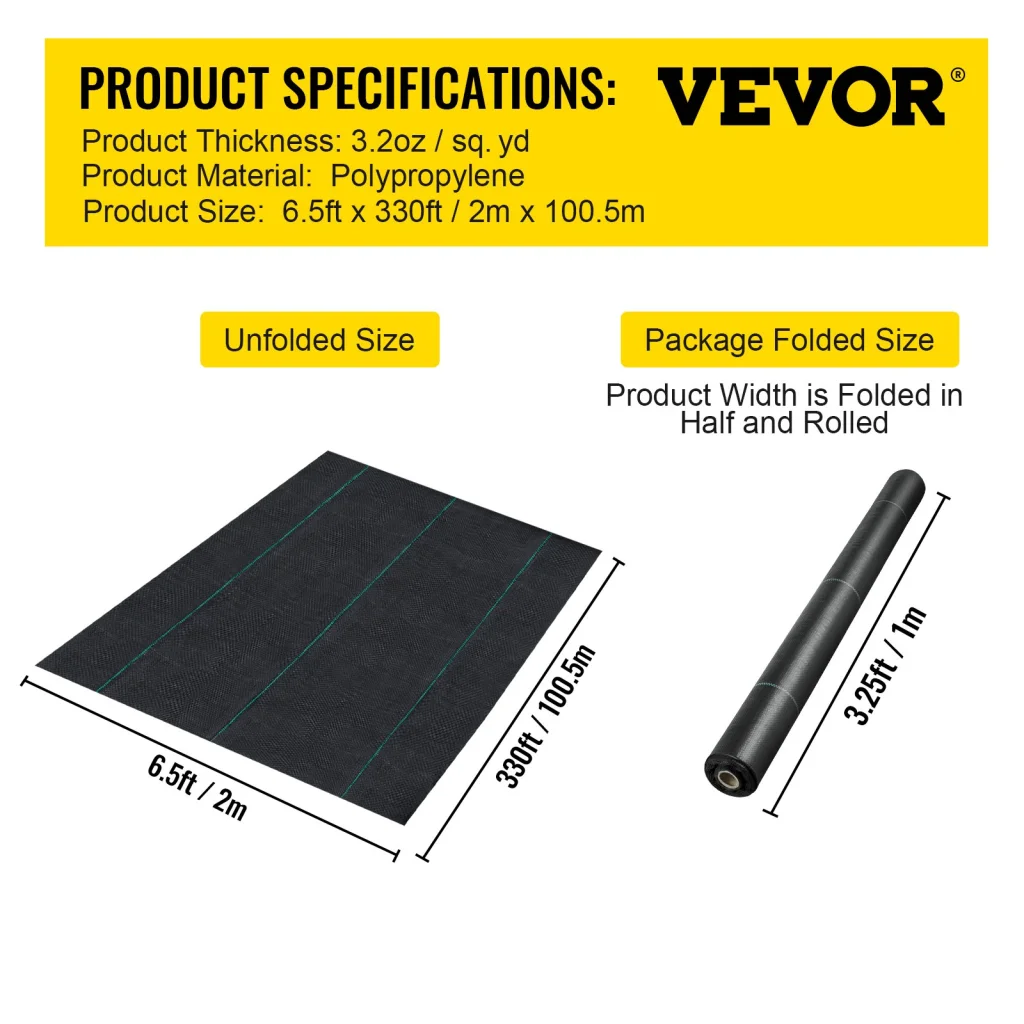
Still in doubt? Let’s compare it to a checklist!
Selecting the Right Landscape Fabric
How do you know you’re choosing the right landscape fabric for your vegetable gardens? It’s simple when you use this three-point checklist.
- Thickness: Balance is the target when assessing the thickness of your chosen planting sheet. A landscape fabric that’s too thick will suffocate your vegetables, and if it’s too thin, it’ll not keep the weed out of your crop. So, you need just the right density that can withstand the test of time. An ideal density will be 2.95oz/sq.yd (100g/m2) like the VEVOR heavy-duty woven weed control mat. The kind of crop you’re growing also determines thickness, as a landscape fabric for tomatoes may be too heavy for spinach.
- Size: Besides the density, you must ensure the landscape barrier covers the entire vegetable garden. Always check the expanded dimension against the roll packaging dimension. For example, VEVOR’s length while rolled is 3.44ft/1050mm, but once you open it, the size becomes 164ft/50m. The stretching capacity (tensile strength) also matters because you want assurance that your landscape fabric won’t rip during installation.
- Permeability: Above all benefits, a planting barrier is useless if it hinders your crops from getting the required nutrients, air, and water. For vegetable gardens, the sheet should be lightweight and porous for easy permeability, like the polypropylene material used for VEVOR’s weed barrier landscape fabric.
Are you considering installing a landscape fabric but worried it’ll be a planting barrier? Your concern is valid, so here’s a list to help you determine the best covering for your vegetable garden.
Woven
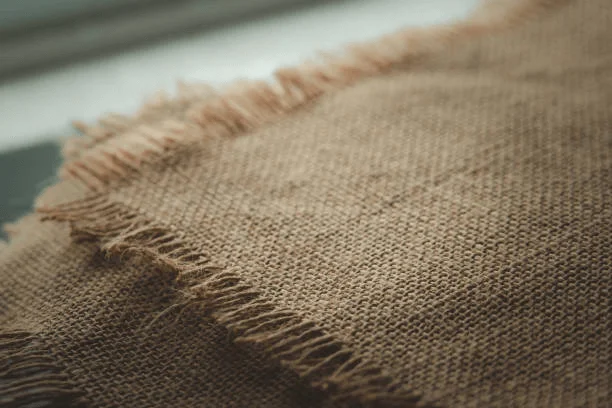
The woven landscape fabric can either be polypropylene (a thermoplastic) or linen. Since the soil still needs its nutrients through air, water, and other additives, the material contains tiny holes for penetration. This type of landscape fabric suits shrubs, trees, and flower beds with infrequent plant changes. So, it’s not ideal for covering your vegetable garden.
Non-Woven

Non-woven landscape fabrics are also polypropylene or polyester. But are they suitable for vegetable gardens or flower beds? No. The solid material doesn’t allow easy water permeation, which could lead to plant suffocation and the ultimate withering of your crops and flowers. Instead, use non-woven landscape fabrics for rocky areas to keep the stones from entering the soil.
Spun

Landscape fabrics made of long polyester fibers bound with heat are spun. This bonding process makes the material thin and accessible to water and nutrient transfer. But don’t move too fast! It’s not breathable enough for oxygen to permeate the spun fibers. Spun planting barriers are okay for edges but not to cover vegetable gardens.
Perforated
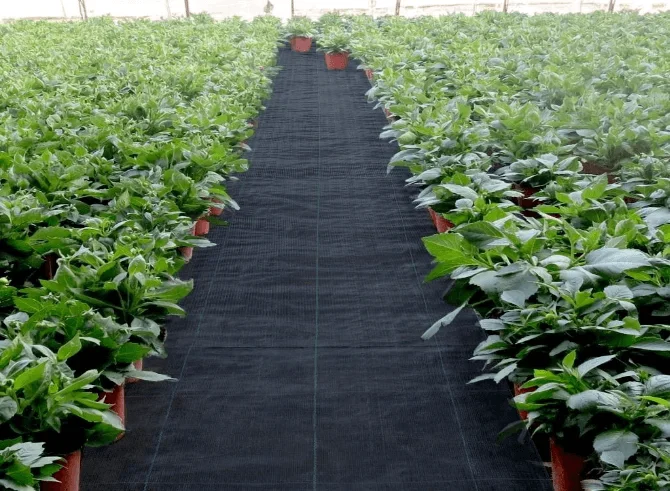
The best landscape fabric for vegetable gardens would be perforated, and we’ll give you reasons. It comes with a pre-cut hole, which you can widen because of its soft material. Being lightweight also allows nutrients, oxygen, water, and air flow through the fabric into the soil without disturbing your vegetables or encouraging weed growth. VEVOR Weed Barrier Landscape Fabric which is 5 kg of polypyrene, is an ideal example. The high-density sheet has marked green lines to ensure precise cuts without burred edges.
What does this mean for you as a vegetable green thumb?
Installation Tips for Maximum Efficiency
Here’s a step-by-step guide on installing landscape fabric in vegetable gardens using VEVOR products like the heavy-duty woven weed control mat.
- Measure your Garden: Before buying a landscape fabric, you must measure your garden. Pick a size a few inches wider and longer than your actual garden size. Doing that will help you choose the perfect size of vegetation covering without overstretching the material or losing coverage in some parts.
- Prepare the Soil: Start your landscaping by clearing the existing weeds and all debris. Then, level the clean soil with a rake. You can use organic weed control methods or buy herbicides. If you choose the latter, give your soil two to three weeks to breathe for installation. Apply your chosen additives, including manure, to make it healthy and ready for your sheet.
- Lay your Landscape Barrier: Unroll your landscape barrier and position it to the right length and breadth of your garden. Start at a corner to ensure you get full coverage of the area. A leveled soil makes the fabric lay smoother, so if you skipped step two, go back and do that now.
- Arrange your Planting position: It’s time to cut or widen the holes if you’re using VEVOR weed barrier landscape fabric 3.28 x 164ft. Since it already has marked green lines to guide you, cut along them. You can secure the sheet with staples or stops so it doesn’t shift while you cut. VEVOR doesn’t provide these, so you’d need to get them yourself. Before adding a landscape barrier, you’ll require a measuring tape, chalk, or marker for vegetable gardens with plants. Measure the garden and planting spots, then replicate them with marked Xs on your landscape barrier. Use sharp garden scissors or a knife to cut out the X before laying the weed protector sheet. Then, gently guide the crop through the hole as you lay the fabric on the soil.
- Plant your Veggies: Finally, it’s time to place your greens into the soul through the cut holes. You can also water and nurture the plants as you see fit. The fabric isn’t stopping you, but it doesn’t end here. There’s more to do.
Protecting Soil Health and Plant Growth
Keeping the weeds out is the primary job of your landscape fabric, but your covered veggie garden still needs some TLC (Tender Love and Care) from you. We’ll start by telling you what your crops need and then how you can provide them using landscape barriers.
Air
Like humans need oxygen to survive, so do your vegetables. They take in oxygen to grow, so you need a breathable landscape fabric to avoid suffocation.
Periodic checks of your planting sheet help you notice when there are gaps that need closing and edges that need more coverage.
Water
Even though your veggies go into the ground and have weed blocking sheets above them, you need clean water for nurturing. Ensure the pH balance is within standard and there’s enough irrigation along the planting rows for water flow.
Nutrient Exchange
Pro Tip: To help your vegetable garden grow healthier, add up to 3 inches of mulch on your landscape fabric post-installation. Also, ensure your crops aren’t clustered but arranged in rows and columns for seamless nutrient exchange.
Proper installation of your VEVOR landscape fabric provides added benefits apart from weed prevention. It’ll also keep out crop-eating insects and annoying pests. Who doesn’t like a multi-beneficial product?
Maintenance and Longevity of Landscape Fabric
Since your weed barrier is doing so much for you, preserving it is a priority. Follow these maintenance tips for assured durability.
- Regular Inspection: Don’t abandon your landscape fabric because you trust its durability. Disregarding the crops can lead to contamination from the wrong organisms mixing. But periodic inspections will alert you before there’s any damage.
- Protect your Fabric: Get a UV-treated landscape fabric or treat yours with anti-UV products for sheets that spend too much time underneath the sun. A great natural alternative is mulch. Not only does it improve the look of your landscape barrier, but it also takes most of the heat coming from the sun.
- Use clean Gardening Tools: Always wash your gardening tools before and after usage. Especially those you use for cutting landscape fabrics to avoid contamination. Also, scissors should be sharp enough for a straight single cut but not too sharp that it damages the material.
- Clean your Sheets: You may be thinking there’s no need to clean your polypropylene sheet after installation but you’re wrong. Every time you water your vegetable garden, take time to clean the landscape fabric too. A little water rinse goes a long way in keeping it dirt-free.
Why not try VEVOR Weed Barrier Landscape Fabric, which has at least two to five years of guaranteed strength and quality?
Landscape Fabric in Organic Gardening: Safe or Not?
So you’ve spent time cultivating your organic vegetable garden and wonder if using a landscape barrier is safe or not. You’re right to worry and are asking the right questions. So, let’s not delay you further and provide the answers — It’s safe!
Firstly, you must choose an ideal perforated landscape barrier like the VEVOR heavy-duty weed barrier landscape to ensure free air, water, and nutrients flow. Once you have the right sheets and are diligent with maintenance, you’ll grow healthy crops.
Summing Up
Using a perforated covering for a vegetable garden like the VEVOR weed barrier landscape fabric improves your crop’s quality. You prevent invasive plants from taking root, keep pests out, protect your soil from damage, and organize your veggie garden.
Can you imagine how much better your tomatoes, carrots, lettuce, and cabbage will grow with protection from a high-quality landscape barrier? Why not try the tear-resistant, heavy-duty VEVOR weed barrier landscape fabric today? It protects your soil while allowing water to penetrate its perforated material to nurture your crop!

